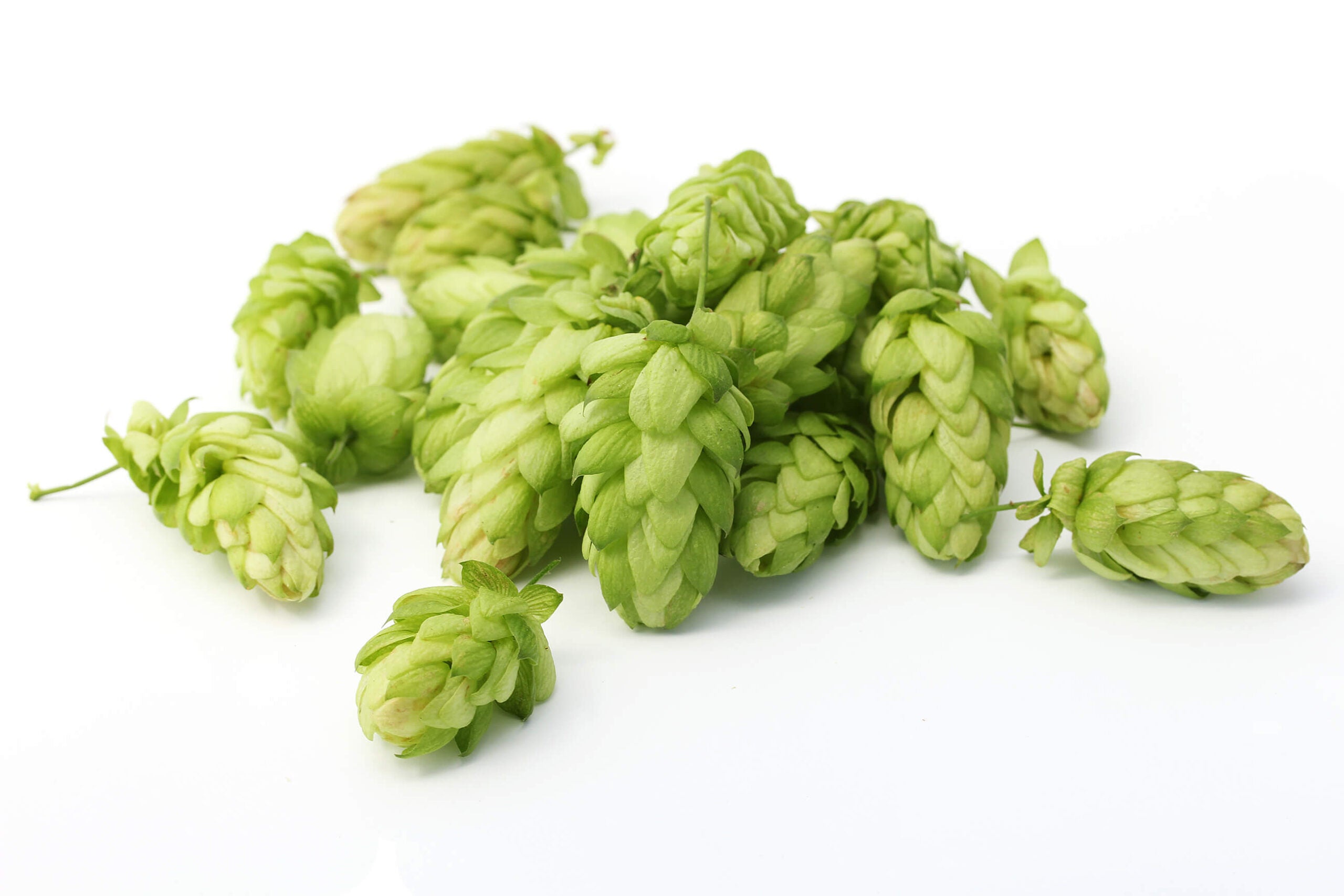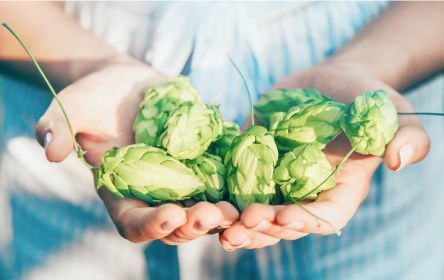25% OFF THIS HOLIDAY WITH CODE: 25FOR25


Although not much is known about the exact mecha-nisms in which hop components yield sedative effects,recent research has elucidated that one of the mainmodes of action could be through modulation of GABAAreceptors[1][1]. Humulone was also found to inhibitcyclooxygenase-2 (COX-2) expression via interactionwith NFkappaB[4].It was also found that this specific modulation by hu-mulone caused sedative and hypnotic effects in mice[1][1].Other prenylated polyphenols and derivatives with aphloroglucinol common substrate also exhibit interestingbiological activities, such as potential inhibition mecha-nisms on the conversion of procarcinogens to carcinogensand radical oxygen species scavenging[4].
Hops have been found to produce sedative and hypnoticeffects in animals, although lupulin and bitter acids didnot cause sleep-inducing effects in humans – however inhumans, valerian in combination with hops was associ-ated with improvements in sleep latency and quality ofsleep[4, 6]. However, not all studies point to improvements in sleep quality in humans, even in combinationwith other compounds[3].The Committee on Herbal Medicinal Products of theEuropean Medicines Agency (EMEA) report the tradi-tional use of hops for the relief of mild symptoms of men-tal stress and insomnia[7].As described previously, it is thought that the sleep-inducing effects of hops are related to modulation of theGABAAreceptors[1], although it is thought that someof the other pharmacological effects seen are also po-tentially due to interactions of the hop compounds withmelatonin and serotonin receptors[2].Other pharmacological effects of hops include its pro-estrogenic properties due to its flavanone compounds[2,7]. It was seen in somein-vivostudies that standard-ized hop extract was effective in managing menopausalsymptoms with a protective effect on bone loss[2].The bitter acids in hops also contribute to someantimicrobial activities, including the prevention ofbiofilms[2, 7].Lastly, some hop phenolic compounds such as xan-thohumol are considered cancer-preventive agents andare able to inhibit the progression and initiation of dif-ferent stages of carcinogenesisin-vitro[2, 7]. Addition-ally, oxidative stress and markers of cardiovascular riskand inflammation were also decreased in a fairly limitedstudy[6].Hops are considered largely safe, with the largest po-tential issue being allergies to the plant itself[7] or largedoses of isolated compounds (such as humulone, whichwould not be present in sufficient quantities in the plantto be harmful)[2].
As discussed above, the traditional use and use sup-ported by literature and various European Healthagencies[7] is for the usage of hops in mild insomnia[4, 6],especially in combination with Valerian root[3].